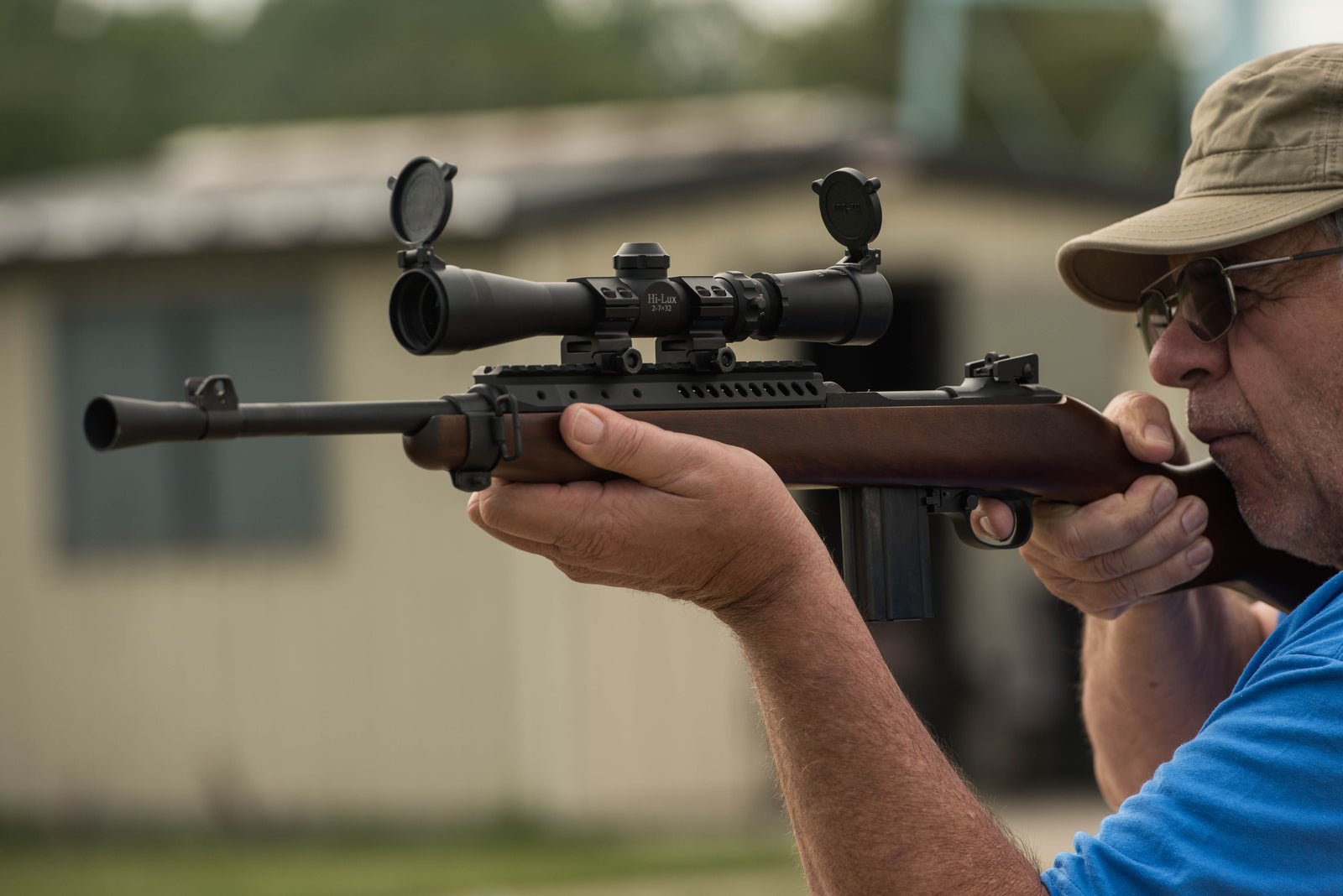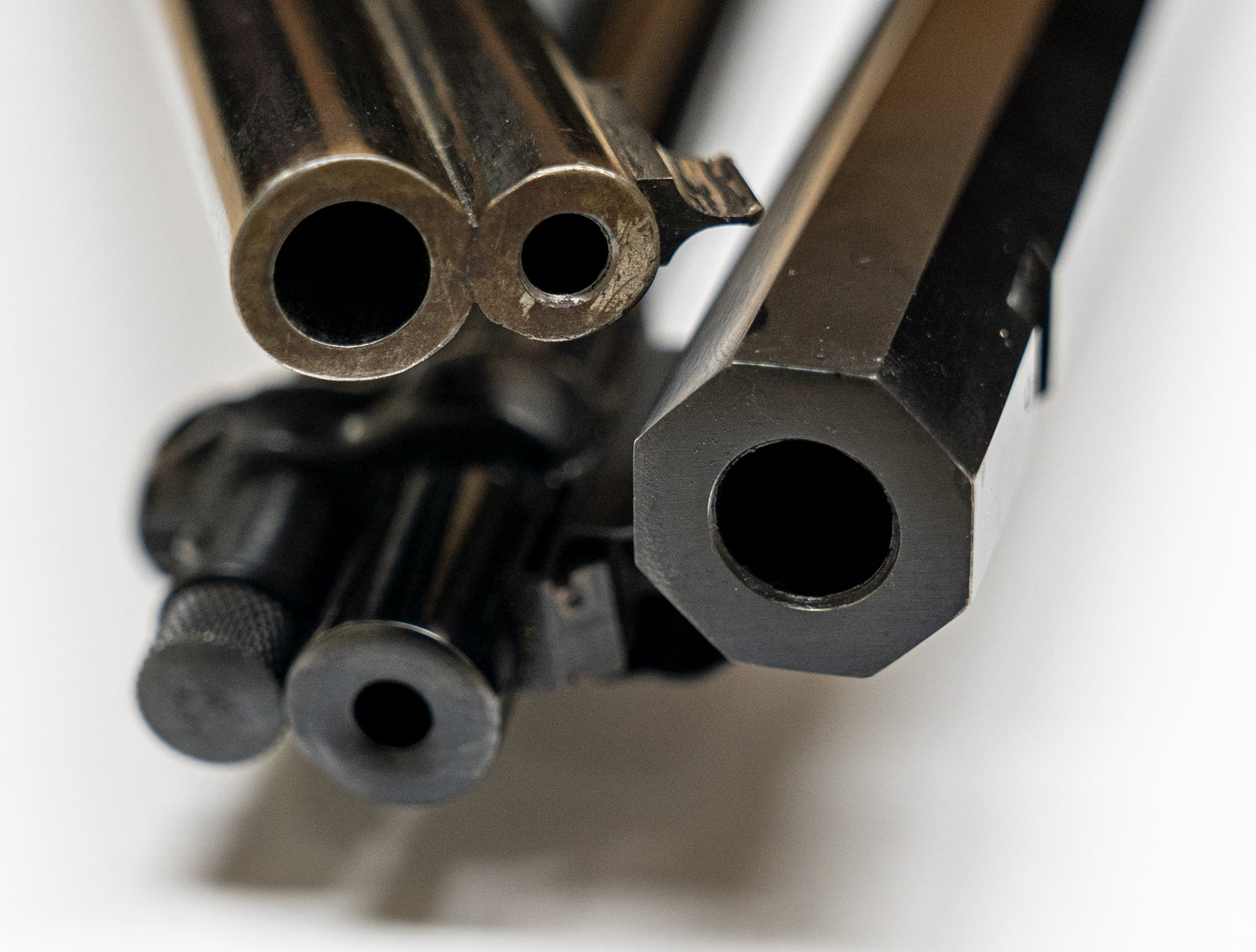Rimfire cases have the priming compound built into the case - specifically, around the inside of the rim. The firing pin of a rimfire rifle hits the rim of the case instead of the center. They do not have a separate priming cap at the middle of the head.
Rimfire cartridges are generally quite small cartridges, such as the .22 LR and .17 HMR (Hornady Magnum Rimfire). A few archaic cartridges are also larger caliber rimfire rounds. Rimfire rounds are difficult to reload due to the placement of the priming compound, so the spent cases are typically discarded. You’ll find a (literal) ton of loose .22 shells at your range.

On the left, a .22 LR round. On the right, an exaggerated cross-section view of the case and priming compound. It runs all around the inside of the rim, like a donut.
Due to the placement of the rimfire’s firing pin, trying to dry fire the gun may damage the firing pin or lip of the chamber. When dry firing, the firearm is operated as if a round had been inserted, though none presently are. During dry fire, the trigger is pulled and the firing pin attempts to do its job. A rifle set up for rimfire ammo will punch the firing pin on where the rim should be, and thus hits the edge of the chamber. Centerfire guns do not suffer from this issue, as dry firing doesn’t hit the firing pin against any surface.
This placement of the firing pin can also be an issue when attempting to disengage the hammer on certain models of rifles. To safely disengage or dry fire a rimfire rifle, you’d benefit most from the use of snap caps, not dummy rounds. Dummy rounds are formerly live rounds that have had their powder and primer removed. In a rimfire, the primer is inside the rim and difficult to remove. Even if there is no explosion from leftover primer, the brass rim will wear down before too long. A snap cap, which is an entirely fake round made of a softer composite, will survive hundreds of dry fire impacts.

An expended .22LR cartridge showing the location of the firing pin’s impact. On the left, the firing pin (and bolt) that did the deed.





Leave a comment (all fields required)